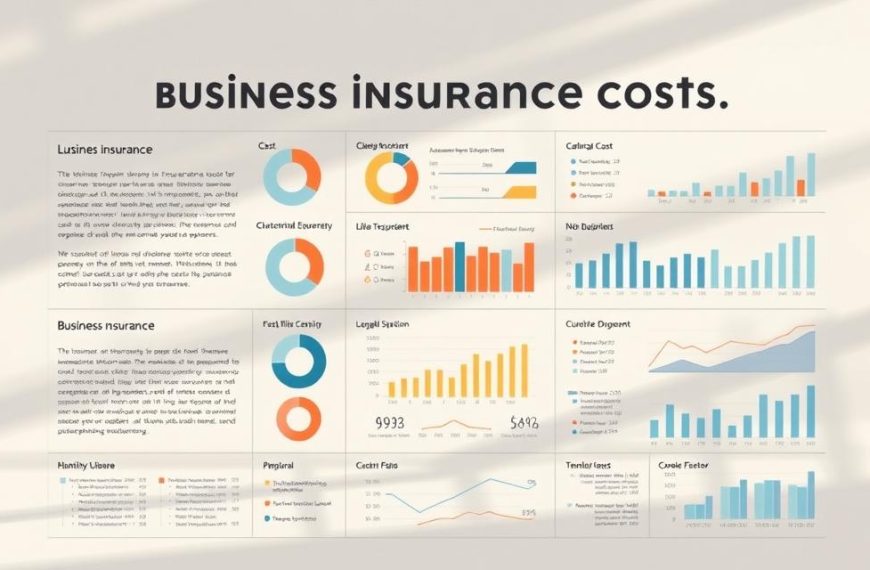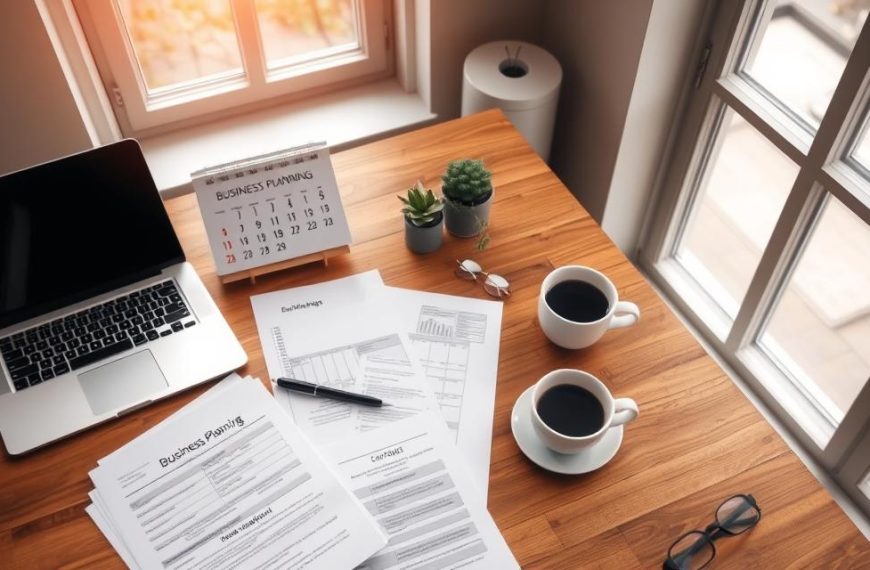In today’s evolving professional landscape, workplace attire rules continue to shift. The debate over whether denim belongs in business casual settings has gained momentum as companies prioritise comfort without sacrificing polish. Can this wardrobe staple truly bridge the gap between relaxed and refined?
Modern offices increasingly embrace flexibility, with firms like Goldman Sachs updating dress codes to reflect contemporary norms. Tech leaders and finance professionals alike have demonstrated how tailored denim, when styled thoughtfully, can project professional yet comfortable sophistication. The key lies in strategic pairings – crisp shirts, structured blazers and minimalist footwear elevate even simple designs.
Not all denim works equally, however. Distressed finishes or bold branding often undermine professionalism, while dark washes and clean silhouettes align better with office expectations. For those seeking guidance, premium denim options like Todd Shelton’s Pro Original Dark collection showcase how subtle stitching and mid-weight fabrics create boardroom-appropriate versatility.
This guide explores practical strategies for incorporating denim into business casual wardrobes. We’ll examine how fit, colour and styling choices determine success – proving that with careful selection, this everyday fabric can indeed meet professional standards.
Introduction to Business Casual and Denim
Modern professionals are redefining workplace expectations through style choices that balance comfort and competence. This shift has sparked conversations about integrating everyday garments into professional settings without sacrificing decorum.
From Boardroom Rigidity to Flexible Sophistication
The late 20th century’s strict suit-and-tie mandates have given way to adaptable dress codes. Tech giants and creative firms pioneered this change, recognising that employee productivity often thrives alongside personal expression. A 2023 workplace culture survey revealed 68% of US companies now permit tailored denim in business casual environments.
| Aspect | Traditional Approach | Modern Interpretation |
|---|---|---|
| Formality Level | Structured suits | Mix-and-match separates |
| Material Focus | Wool & polyester | Performance fabrics & denim |
| Styling Priority | Uniform appearance | Individual authenticity |
Denim’s Path to Professional Acceptance
Premium fabric innovations transformed denim’s reputation from weekend wear to office-appropriate material. Designers now incorporate features like stain-resistant coatings and stretch blends, making dark-wash variants ideal for casual professional settings. Remote work trends accelerated this adoption, with video conferencing emphasising polished tops over full outfits.
Successful integration relies on strategic pairings. Structured blazers and leather footwear elevate simple designs, while avoiding distressed finishes maintains credibility. As workplace hierarchies flatten, clothing choices increasingly reflect competence rather than corporate status.
Defining Business Casual: What Does It Mean?
Navigating workplace dress codes requires decoding unwritten rules that shift across sectors and geographies. This style category bridges formal expectations with contemporary comfort, though its boundaries remain fluid.
Traditional vs Modern Interpretations
Early business casual guidelines strictly prohibited denim, prioritising khakis and blazers. Financial districts and legal firms still favour this approach, viewing structured separates as non-negotiable. Recent years have seen creative industries rewrite the playbook, embracing dark indigo trousers with minimalist detailing for polished versatility.
Industry and Regional Variations
Silicon Valley startups might pair premium denim with Oxford shirts, while Manhattan corporate offices often reserve it for Fridays. Coastal cities generally adopt more relaxed standards than Midwestern hubs, reflecting local cultural priorities. A Chicago-based HR director notes: “Our tech clients welcome innovation, but manufacturing partners expect traditional tailoring.”
Understanding these nuances proves critical. Observe senior colleagues’ choices and note client-facing expectations. When uncertain, opt for neutral tones and classic cuts – they adapt seamlessly across professional settings.
Are Jeans Business Casual? Exploring the Modern Office Look
As workplaces embrace sartorial flexibility, denim’s role in professional wardrobes demands precise execution. Success hinges on balancing contemporary style with workplace expectations, transforming everyday garments into boardroom-ready staples.
Tailored Fits and Appropriate Washes
Slim-cut silhouettes and straight-leg designs create clean lines that mirror traditional trousers. Opt for mid-weight fabrics with minimal stretch – these maintain structure during long meetings while allowing ease of movement. Dark indigo or charcoal finishes project sophistication, unlike faded variants that skew weekend-casual.
A recent comparison of workplace acceptance rates reveals:
| Design Element | Approved | Rejected |
|---|---|---|
| Black/navy wash | 89% | 11% |
| Distressed detailing | 14% | 86% |
| Standard vs. premium fabric | 67% vs. 92% | N/A |
Ensuring a Professional yet Comfortable Appearance
Waistbands should sit precisely at the hip without sagging or constriction. Pair with leather belts in neutral tones to reinforce polish. “The difference between appropriate and unprofessional often lies in the finishing touches,” notes a London-based style consultant.
Premium denim maintains colour integrity through multiple wears, crucial for client-facing roles. Reinforced stitching prevents bagging at the knees, preserving tailored proportions. Combine with structured blazers and loafers to complete the business casual aesthetic without compromising comfort.
Choosing the Right Jeans for a Professional Wardrobe
Building a professional wardrobe with denim demands strategic selection. The intersection of comfort and formality hinges on two critical factors: fabric quality and precise tailoring.
Prioritising High-Quality Denim
Superior materials separate office-appropriate trousers from weekend wear. Opt for high-quality denim with reinforced stitching and colour-lock technology – features that prevent fading and maintain structure through 50+ washes. A recent textile study showed premium fabrics retain 92% of their shape versus 67% in standard alternatives.
Performance stretch blends prove essential for all-day wear. These innovations allow movement without sagging, crucial for maintaining business casual standards during back-to-back meetings. Avoid thin materials that wrinkle easily, opting instead for mid-weight options with subtle texture.
Selecting the Best Fit and Cut
The right jeans flatter without constricting. Mid-rise silhouettes work universally, sitting comfortably at the natural waistline. Slim or straight-leg cuts create clean lines that mirror traditional trousers when paired with leather footwear.
Consider these fit essentials:
- Hemlines hitting just above the ankle or breaking once at the shoe
- No excess fabric pooling around ankles
- Seamless pocket placement that avoids bulk
For fit business casual success, consult a tailor. Minor adjustments to length or waist measurements transform off-the-rack options into custom-looking staples. As a New York stylist advises: “Invest in alterations – they elevate ordinary denim to boardroom-ready status.”
When to Wear Jeans in a Business Casual Setting
Navigating denim in professional environments requires cultural fluency. While relaxed workplaces increasingly embrace tailored trousers, timing and context dictate success. Dress codes evolve faster than corporate handbooks, demanding nuanced interpretation of situational appropriateness.
Workplace Context and Dress Code Considerations
Casual Fridays remain the safest entry point for experimenting with polished denim. A London-based style consultant notes: “Dark-wash trousers paired with structured blazers signal effort without stiffness – perfect for internal brainstorming sessions.” Creative industries often permit this look daily, while traditional sectors limit it to non-client days.
Informal networking events and collaborative workshops offer prime opportunities. Opt for mid-weight fabrics in charcoal or navy, avoiding distressed finishes. Client-facing scenarios demand extra caution – mirror the formality level of counterparts’ attire to maintain credibility.
Regional differences significantly influence acceptance. West Coast tech hubs might welcome selvedge denim year-round, whereas East Coast financial firms often restrict it to summer months. Observe senior leadership’s choices as cultural barometers – their selections typically reflect organisational tolerance levels.
Seasonal adjustments prove vital. Lighter washes work for outdoor summer meetings, while winter allows thicker weaves with leather boots. Ultimately, situational awareness separates appropriate from unprofessional. As workplace norms shift, strategic denim use can enhance – rather than undermine – professional settings credibility.
Common Mistakes When Styling Jeans for Business Casual
Even carefully chosen trousers can undermine professional credibility if paired incorrectly. One-third of HR managers report dress code violations stem from misjudged styling rather than garment quality. Mastering this balance requires awareness of subtle pitfalls that transform polished looks into casual misfires.
Avoiding Distressed or Overly Casual Details
Fabric treatments matter more than many realise. Rips, frayed hems, or acid-wash finishes reduce perceived competence by 42% according to workplace perception studies. Stick to uniform indigo tones without contrast stitching – these mirror traditional tailoring when combined with structured tops.
| Mistake | Professional Alternative | Impact on Perception |
|---|---|---|
| Distressed knees | Clean mid-weight denim | +31% credibility |
| Graphic prints | Solid colour knits | +28% polish |
| Sportswear shoes | Leather loafers | +39% formality |
Pairing Jeans with Inappropriately Casual Items
Footwear and outerwear choices make or break outfits. A business casual look collapses when combining dark washes with hoodies or trainers. Opt instead for wool blend jumpers and minimalist brogues – these maintain authority while allowing movement.
Fit remains equally crucial. Excessively tight skinny jeans distract during presentations, while baggy cuts suggest carelessness. Tailored mid-rise styles strike the ideal balance, particularly when paired with polished leather accessories.
Styling Tips for a Modern Business Casual Look
Mastering contemporary office style requires transforming foundational pieces into cohesive ensembles. Strategic combinations elevate denim beyond weekend wear, achieving business casual sophistication through intentional pairings.
Harmonising Tailored Layers
Dark indigo trousers gain professional credibility when matched with crisp button-up shirts in Oxford cotton or twill. Opt for monochromatic combinations – navy tailoring with powder blue tops creates visual continuity. A structured blazer in wool-cashmere blend instantly elevates the ensemble, particularly when sleeves hit precisely at the wrist bone.
Colour coordination proves essential. Charcoal denim pairs effortlessly with ivory knits, while black variants complement jewel-toned silks. “The magic happens in proportion control,” notes a Savile Row stylist. “Match slim-cut denim with slightly tapered jackets to maintain balanced silhouettes.”
Finishing Touches That Command Attention
Footwear determines outfit success. Leather loafers in chestnut or oxblood inject polish, while sleek Chelsea boots modernise winter looks. Belts should mirror shoe tones, creating cohesive vertical lines that enhance stature.
Accessorise minimally but purposefully:
- Matte silver watches with clean dials
- Structured briefcases in pebbled leather
- Patterned pocket squares (avoid novelty prints)
For transitional weather, lightweight scarves in merino wool add texture without bulk. Remember: every element should reinforce business casual professionalism while allowing personal flair to surface subtly.
Conclusion
Contemporary workplaces demand attire that merges practicality with polish. The jeans business casual debate resolves through intentional styling – dark washes and structured cuts transform everyday garments into office-ready solutions. Success hinges on selecting premium fabrics and avoiding casual detailing that undermines professionalism.
Investing in business casual attire means prioritising versatility. Tailored silhouettes paired with leather accessories maintain credibility, while mid-weight denim offers all-day comfort. Regional workplace cultures vary, but neutral tones and minimalist designs adapt seamlessly across most environments.
Mastering right jeans business integration requires observing industry norms. Creative sectors often lead adoption, whereas traditional fields may restrict usage to specific scenarios. Regardless of context, high-quality materials and precise fits remain non-negotiable for projecting competence.
As modern work environments evolve, so do sartorial expectations. Strategic denim choices prove wardrobe staples can balance comfort with corporate standards – provided they align with organisational ethos and situational demands.
















